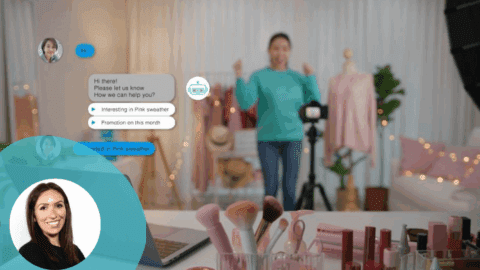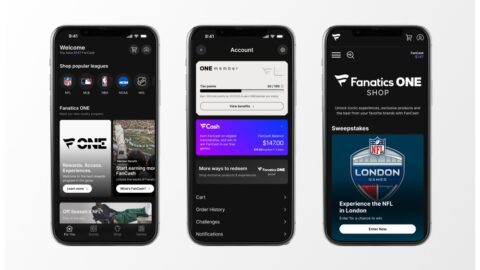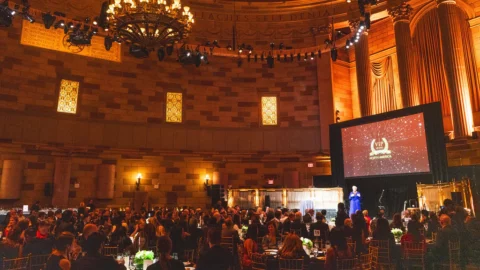The Super Bowl is one of the year’s hottest television events. Approximately 108.7 million people tuned in to CBS last year as the Baltimore Ravens went against the San Francisco 49ers, according to Nielsen. It has also become a social media phenomenon, as the 2013 Super Bowl Advertising Report from SocialGuide reported that 5.3 million people sent out 26.1 million tweets throughout the game’s entirety.
For many brands, the Super Bowl is advertising gold. So it’s no wonder that the average 30-second spot went for about $4 million this year. Buzz is already building up around key brands such as Axe and Budweiser that have released teasers for their commercials.
{loadposition TSHBAIAA022014} Other companies, such as Coca-Cola, Doritos, E-Trade and GoDaddy, also have been recognized for their ability to integrate humor and branding into such a short timeframe. In fact, the brands were recognized by Nielsen for their efforts, and were inducted into the “Super Bowl Advertiser Hall of Fame.”
With Nielsen TV Brand Effect confirming that Super Bowl ads are up to 40% more memorable than the average commercial, what are some best practices that retailers can apply to their own strategies?
“It’s about creating memorable experiences,” said Oren Harnevo, CEO of Eyeview, a company that creates personalized video ads for brands and retailers. Moreover, it’s about building an ad to “help build your brand.”
To pique interest and eventually drive consumer action, brands and retailers need to consider the core principals of successful Super Bowl ads. “There are two points you need to operate on,” Harnevo explained. “First, build your brand. Tell a funny story, make it memorable and differentiate yourself. That’s what the Super Bowl is all about. Second, you have to use the weeks following the Super Bowl to drive additional sales.”
H&M’s Super Bowl Win
Super Bowl advertisers traditionally fall into two categories, according to Harnevo: CPG brands, such as Budweiser, Axe and Mars (Snickers and M&Ms), and automobile manufacturers, such as Jaguar and Volkswagen.
“But the surprising thing is that there are a number of e-Commerce plays growing in this space, such as Priceline and GoDaddy,” Harnevo noted. He added that over the past few years, GoDaddy has been successful at “using this ‘stage’ to do something shocking or crazy that gets people to talk about them — it’s genius.”
H&M is one retailer tapping into the Super Bowl audience, using the sporting event to promote its David Beckham line. The financial investment proved successful in 2012, as the retailer experienced triple-digital sales growth for the line, and saw a surge in social media buzz. In fact, the initiative was so successful that H&M dropped more money to solidify another spot in this year’s event.
However, Harnevo is uncertain whether retailers are in a position to compete for eyes and attention during the big game.
“I think retailers are very conscious about being very targeted, driving sales and spending more wisely about getting the right people what they need — not just making huge noise for the world,” Harnevo said. Because H&M has a younger target audience, and used a Twitter hash tag as part of the campaign, “the angle made sense,” he added. “It’s interesting because H&M is trying to create a conversation — not just an ad that’s in your face.”
Five Steps To Create Successful Ads
The most memorable Super Bowl commercials — think of Betty White’s cameo in the Snickers ad — hinge on one thing: entertainment value.
“Consumer need to get entertained,” Harnevo said. “If they’re not, you missed the mark. The more entertaining and memorable, the better.”
Based on his experience in the video advertising space, Harnevo offered five best practices for more personalized and memorable initiatives.
- Position your branding around the Super Bowl and other targeted events;
- Target the right audience;
- Use data, such as CRM and POS records, social feedback, and more, to guide ad investments and messaging;
- Measure all possible outcomes, including video views, social impact and site traffic. once an ad goes out; and
- Personalize messaging based on customer data and campaign results.
Personalization: The Next Generation Of TV Advertising
In the next few years, video ads, even from the Super Bowl, are going to evolve to become more personalized.
“As a marketer, you create this huge brand ad [at the Super Bowl],” Harnevo explained. “But then, in the next month or even the whole year, you have to get people to the stores. You can take the original creative and then target males and females, or integrate subtle messages about specific stores and see if people get engaged.”
Harnevo notes that over time, brands may even be able to personalize actual Super Bowl ads. “I think at the moment, viewership is huge but in TV, you’re very limited by the amount of targeting you can do. In five or 10 years from now, all ads, even in the Super Bowl, will be through a digital device so you can target a person or household to create a different story.”












